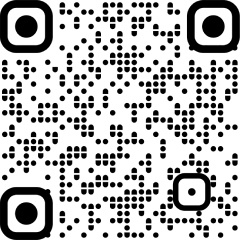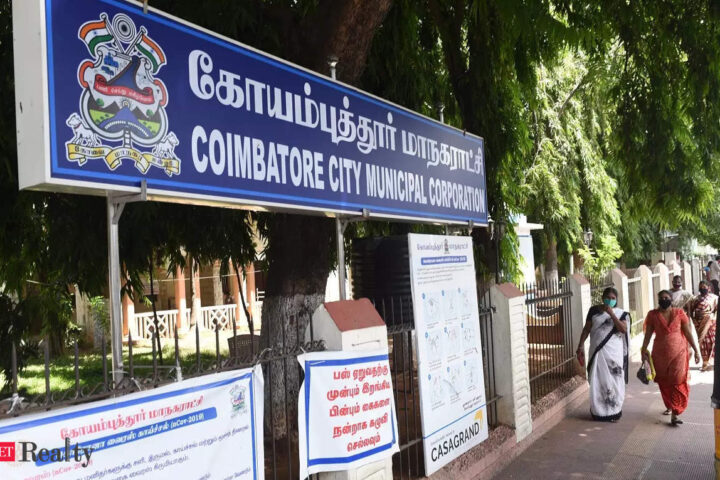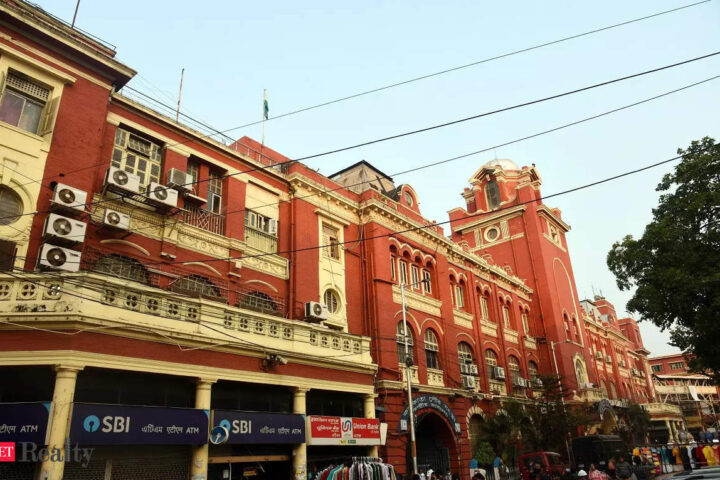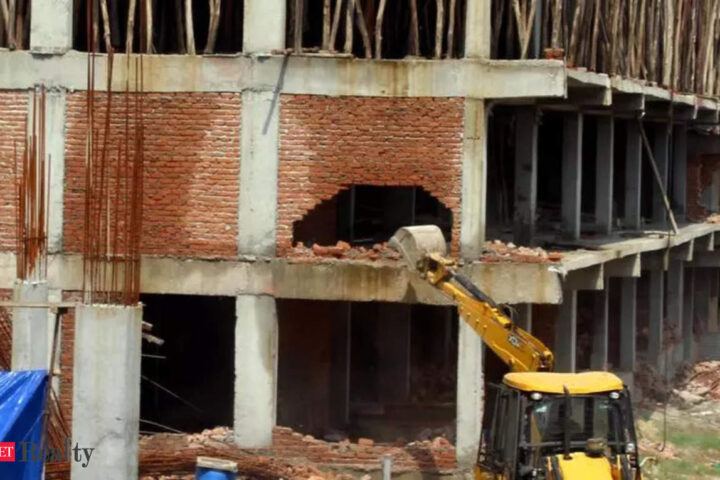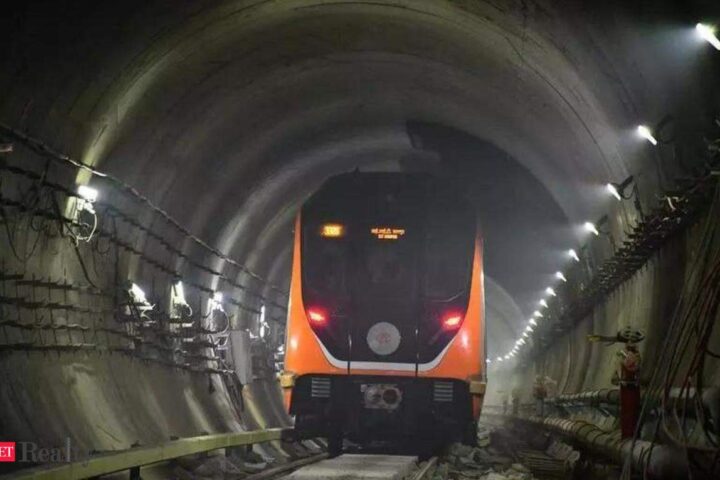
LUCKNOW: The UP rural development department has met 13% of the target of constructing rural houses under the Centre’s PM Awas Yojana (Gramin) in five months since the scheme got an extension in Aug 2024.
The department’s data updated till Jan 2 shows that so far 9,435 houses against the target of 70,834 houses in 2024-25 have been built. During this period, the department sanctioned 44,294 houses, but only 22,325 identified beneficiaries got registered.
In the past seven years, over 35 lakh houses have been allocated to beneficiaries under PMAY (G) while another 20 lakh have got them in the urban areas of the state.
The slow pace of the scheme is in contrast with the progress made in 2023-24 when the department had provided over 1.41 lakh houses against the target of over 1.44 lakh units. Even in 2022-23, as many as 8.49 lakh houses were constructed against a target of over 8.58 lakh houses.
In Aug last year, the Centre had extended the scheme by another five years, that is, till 2028-2029. PM Awas Yojana (Gramin) was initially aimed to meet the goal of ‘Housing for All’ by 2024. Central govt fixed a target of constructing 2 crore houses with budgetary outlay of Rs 3.06 lakh crore nationally.
Of this, the Centre would bear Rs 2.05 lakh crore, while the remaining around 1 lakh crore would be wheeled in by the respective state govts.
The state govt had initiated an exhaustive survey to identify the beneficiaries. While rural development commissioner GS Priyadarshi could not be reached for comments, a senior official in the rural development department said the survey would be carried across the state till March 31. Officials have been asked to update the list of beneficiaries on the Awas Plus mobile app.
PMAY-Gramin came into existence on April 1, 2016, after restructuring of the previous Indira Awas Yojana (IAY) which was initiated in 1996. Although IAY addressed the housing needs in rural areas, certain gaps were identified during the concurrent evaluations by the Comptroller and Auditor General (CAG) in 2014, the year when BJP came to office at the Centre.
These gaps included lack of transparency in the selection of beneficiaries, low quality of the houses, lack of technical supervision, lack of convergence, loans not availed by beneficiaries, and a weak monitoring mechanism, eventually limiting the impact and outcomes of the programme.
The scheme then aimed to provide at least 1 crore pucca houses with basic amenities to the homeless or those living in kutcha/dilapidated houses by 2018-19. This was subsequently extended by five years to 2023-24 when another over 2 crore houses were constructed nationally.
To ensure that assistance is targeted at those who are ‘genuinely deprived’ and that the selection is objective and verifiable, the PMAY-Gramin, instead of selecting a beneficiary from among the BPL households, selected beneficiaries using housing deprivation parameters in the Socio-Economic and Caste Census (SECC), 2011, with due verification by the gram sabhas.


